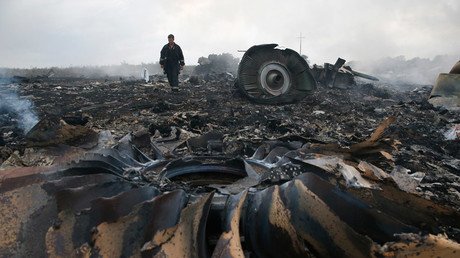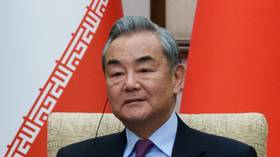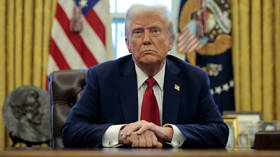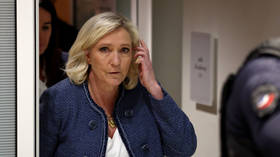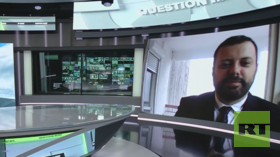Russian bloggers slam Bellingcat MH17 investigation for ‘falsified evidence’
A team of Russian citizen-journalists blasted the Bellingcat investigation into the Malaysia Airlines flight MH17 crash over Ukraine in 2014, saying that their Western colleagues took a pro-Kiev stance from the start and relied on fake and falsified evidence.
A group of anonymous Russian bloggers, who call themselves the ‘Anti-Fake’ citizen journalists group, have issued a 44-page report in an attempt to establish the truth about the tragedy and avoid the spread of disinformation with regards to the MH17 investigation.
The document was released two weeks before a Dutch-led criminal investigation into the into the issue is set to publish its findings.
The Russian bloggers criticize the “supposedly unbiased” Bellingcat inquiry by British citizen-journalists, which was based on open sources found on the internet and the already published results of the official Dutch investigation. They said that despite its claims of independence, Bellingcat took a clear pro-Kiev stance from the very beginning.
One of Bellingcat’s main assertions throughout their investigation was that it is “logical” to assume that Russia would have provided a BUK missile system to anti-government fighters in Ukraine’s Donbass. But the Anti-Fake bloggers responded by saying that the assumption is, on the contrary, illogical.
Various modifications of BUK missile launchers are in service in both the Russian and Ukrainian militaries, and are highly sophisticated systems, used to target planes at very high altitudes, which didn’t correspond to the type of threat faced by the rebels, they stressed.
“The main attack units, used by the Ukrainian Air Force against self-defense forces in May-July 2014 were Su-25 jets, Mi-8 and Mi-24 helicopters, which operated against ground targets on small altitude, being in the effective area of Strela-10 short range system,” the group said.
“In these circumstances, it’s unjustified to use the expensive and complex BUK system,” the Russian bloggers said, adding that there is also no information of rebels using the BUK system before or after the MH17 incident.
The Anti-Fake group also said that British bloggers deliberately based their findings on unreliable evidence due a lack of real data backing the position they chose. The bloggers analyzed a number of documents and photographs, mentioned in the Bellingcat report as proof of Russian guilt, which they have reason to believe are fake or forged.
For example, Bellingcat’s only proof of the BUK missile being fired from a rebel-held area – a photo by Pavel Aleynikov, which claims to show a rockets vapor trail near the village of Snezhnoe – is a fake, the authors of the Russian report said, questioning the date and place the picture was taken.
They pointed out the fact that the sky is clear in the picture, despite witnesses and Ukrainian weather reports saying that it was cloudy near Snezhnoe on July 17, 2014. Besides it was never proven that the trace in the photo belonged to a rocket fired from a BUK system, they added.
In their report, the Anti-Fake bloggers also refuted crowdsourced evidence, which according to Bellingcat detailed the route of a specific BUK system that allegedly downed the Malaysian plane and then returned to Russia.
READ MORE: MH17 downing anniversary: Two years of accusations & few facts
A Malaysia Airlines Boeing 777, on its way from Amsterdam to Kuala Lumpur, was shot down over Ukraine’s Donetsk region on July 17, 2014. The lives of 298 people were lost in the tragedy, which took place in an area where Kiev troops were fighting rebels supporting the establishment of a self-proclaimed Donetsk People’s Republic.
Two years after the crash, the official Dutch investigation ruled that the plane was brought down by a Russian-made BUK air defense system, but didn’t name the responsible side.
On Wednesday, a Russian media obtained a statement by BUK producer, Almaz-Antey, in which the company accused Western media, including Bellingcat, of trying to manipulate public opinion and mixing up facts to discredit its own investigation into the issue.
